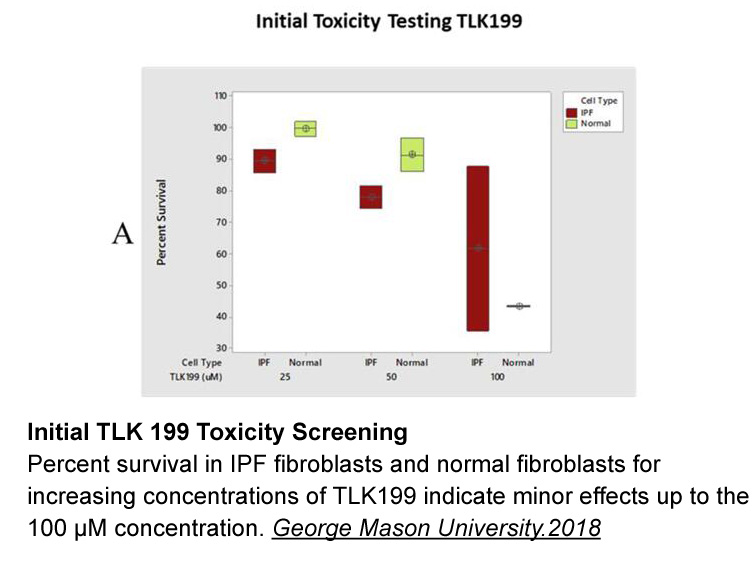Archives
The efficacy of A in the ob
The efficacy of A-922500 in the ob/ob mouse model is of particular interest for two reasons. One of the most striking features of the DGAT-1 deficient mouse phenotype is the resistance to diet-induced obesity (Smith et al., 2000). However, Superoxide Dismutase (SOD) Activity Assay Kit to of DGAT-1 in leptin deficient ob/ob mice failed to protect against diet-induced obesity (Chen et al., 2002). This was at least partially attributable to a 3-fold upregulation of DGAT-2 expression in white adipose tissue, which provides an alternative pathway for triglyceride synthesis in the absence of DGAT-1 in ob/ob mice (Chen et al., 2002). This upregulation of DGAT-2 in the absence of DGAT-1 appears to be confined to conditions of absolute leptin deficiency (Chen et al., 2002). This may imply that the leptin deficient ob/ob mouse may also be resistant to the actions of a DGAT-1 inhibitor on postprandial hyperlipidemia. However, in our study, a DGAT-1 inhibitor was equally as effective in attenuating the postprandial response in ob/ob mice suggesting that leptin deficiency does not lead to a generalized upregulation of DGAT-2 in all lipogenic tissues, such as the small intestine. The efficacy of A-922500 in the ob/ob mouse was also informative for a second reason. The ob/ob mouse is considered a model of obesity and type 2 diabetes (Russell and Proctor, 2006). Excessive postprandial hyperlipidemia is increasingly recognized as an inherent feature of insulin resistance and type 2 diabetes in humans (Adeli and Lewis, 2008, Iovine et al., 2004, Rivellese et al., 2004). There is considerable evidence to indicate that intestinally derived lipoproteins are especially atherogenic in diabetes and contribute to the substantial cardiovascular risk documented in these patients (Razani et al., 2008). Therefore, the patient population most likely to experience substantial clinical benefit from inhibiting the postprandial triglyceride response is the diabetic and insulin resistant populations. In addition to the ob/ob mouse, A-922500 showed significant efficacy in the insulin resistant JCR/LA-cp rat (Russell and Proctor, 2006), further documenting the ability of DGAT-1 inhibition to reduce postprandial responses in insulin resistant states. Therefore, attenuation of postprandial hyperlipidemia with DGAT-1 inhibition has enormous potential to provide significant cardiovascular benefit in these high-risk diabetic patients.
Conclusions
Recently, Cohn advocated for a prospective study to investigate the role of postprandial lipoproteins in cardiovascular disease (Cohn, 2008). However, he indicated that unlike LDL-cholesterol that can be easily modified by drugs, the levels of chylomicrons and their remnants are less easily altered (Cohn, 2008). The results of the current study indicate that a selective DGAT-1 inhibitor potently attenuates postprandial hyperlipidemia in multiple rodent models. Therefore DGAT-1 inhibitors may finally provide the tool to definitely test the Zilversmit hypothesis that atherogenesis is a “postprandial phenomenon” (Zilversmit, 1979) and answer the call for a prospective study on the role of postprandial lipoproteins in cardiovascular disease (Cohn, 2008). Furthermore, the standardized oral triglyceride tolerance test described in rodents in this study may serve as the foundation for further preclinical evaluation of pharmacologic modifiers of the postprandial response.
Acknowledgments
All work was funded by Abbott Laboratories. All authors are employees of Abbott Laboratories. We would like to acknowledge Mary Tyrrell, Irina Skarzhin and Nateeh Pedroza from Clinical Chemistries at Abbott Laboratories for running the lipid assays.
Introduction
Obesity is often accompanied by the excessive accumulation of lipids in nonadipose tissues (Friedman, 2002, Schaffer, 2003, Unger, 2002). One such process, hepatic steatosis, the accumulation of lipids in the liver, is increasing in prevalence , with current estimates ranging from 14% to 34% of the general population (Kim et al., 2004, Seppala-Lindroos et al., 2002, Szczepaniak et al., 2005, Wieckowska and Feldstein, 2005). Hepatic steatosis is part of the spectrum of nonalcoholic fatty liver diseases, which include the serious consequences of steatohepatitis and cirrhosis (Browning and Horton, 2004). Because hepatic steatosis is an increasing concern for public health, a better understanding of its pathophysiology and its consequences is of great importance.
, with current estimates ranging from 14% to 34% of the general population (Kim et al., 2004, Seppala-Lindroos et al., 2002, Szczepaniak et al., 2005, Wieckowska and Feldstein, 2005). Hepatic steatosis is part of the spectrum of nonalcoholic fatty liver diseases, which include the serious consequences of steatohepatitis and cirrhosis (Browning and Horton, 2004). Because hepatic steatosis is an increasing concern for public health, a better understanding of its pathophysiology and its consequences is of great importance.